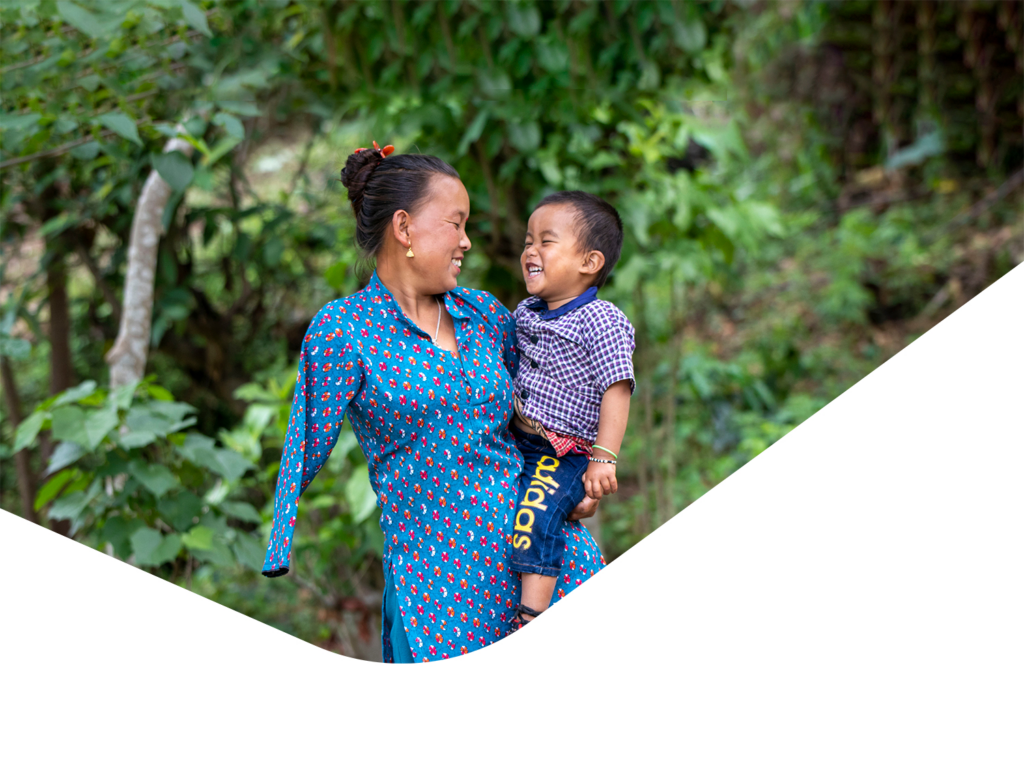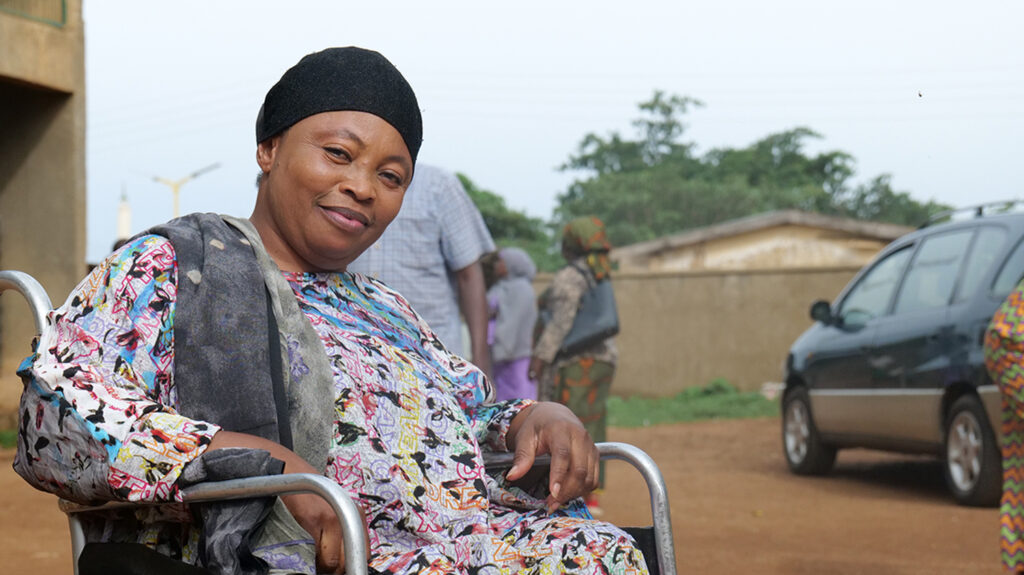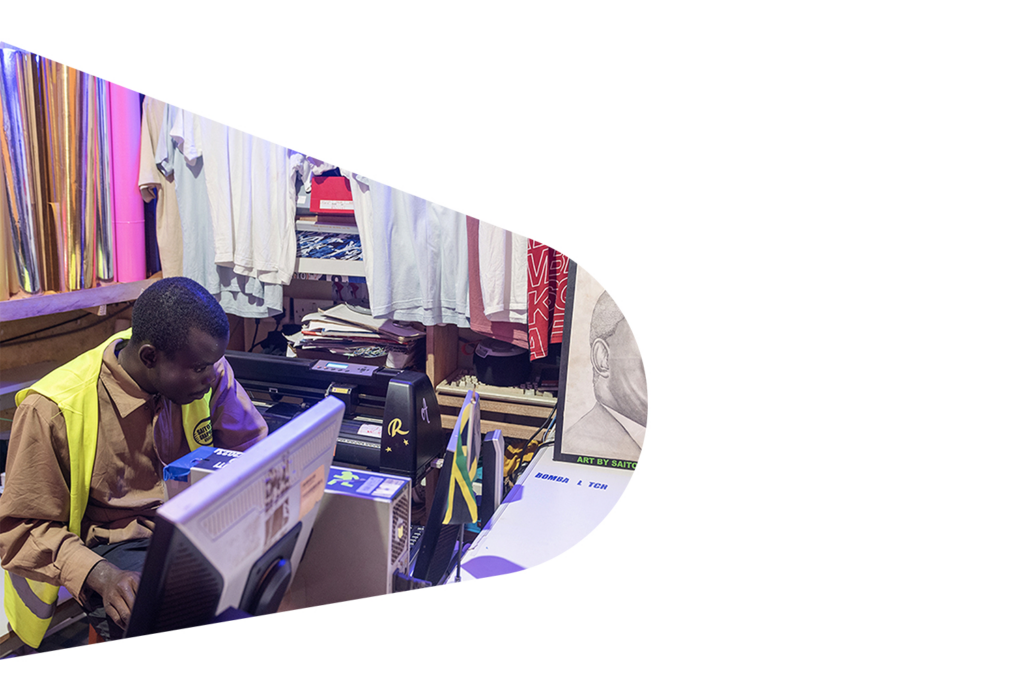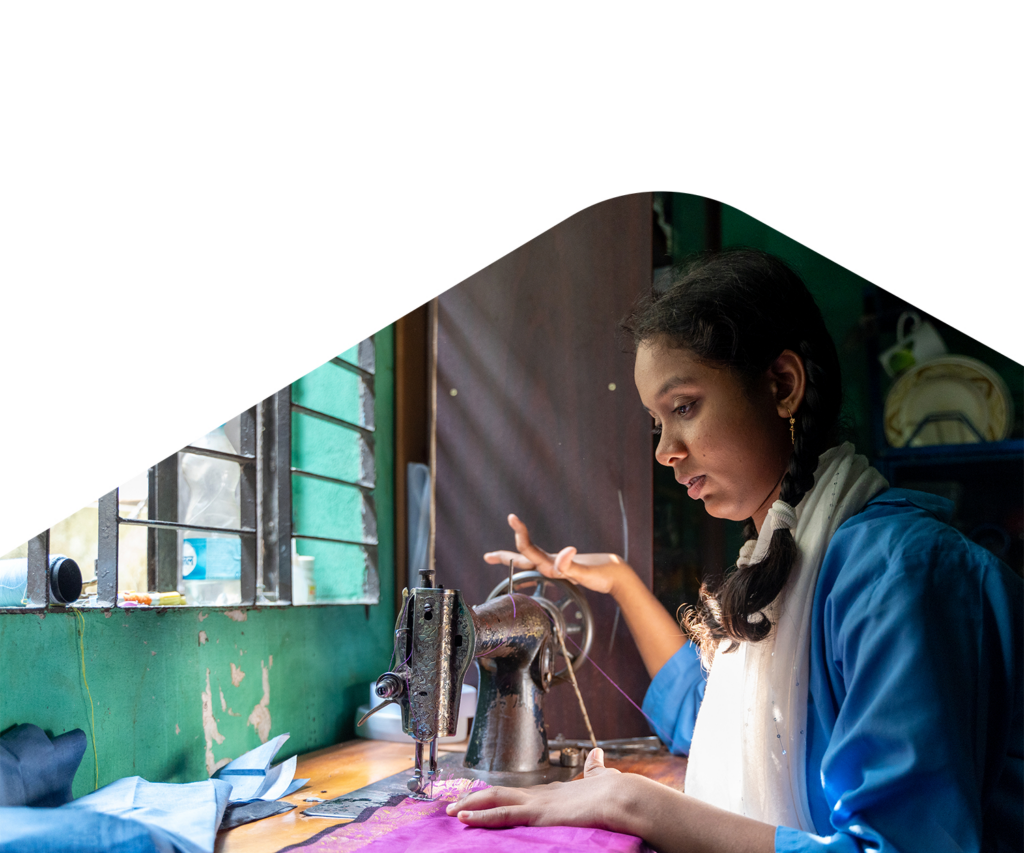Driving change: six principles for inclusive development
Read the full report (pdf)
An estimated 1.3 billion people – about 16% of the global population – have a significant disability.
In many lower-income countries, people with disabilities still face huge barriers in accessing quality education, employment and health care. From childhood to adulthood, they’re often left out, leading to lower incomes and higher rates of poverty.
Since Inclusive Futures was launched in 2018, we’ve helped to transform the lives of more than three million people with disabilities in six countries in Africa and Asia. By putting people with disabilities in the driving seat to shape how education, health and livelihood programmes are run, we’ve shown that disability-inclusive development is possible – and that it works.
Six game-changing principles have come out of our work. To drive change at the scale needed to reach up to 16% of the world’s population, we now need professionals working across the global development sector to put what we’ve learned into practice.
Why should we prioritise disability inclusion?

By adopting our six principles in your work, you could help change the lives of millions of people with disabilities. If not, many will continue to be trapped in poverty.
“When I look at myself, I see a very big improvement. About a year ago, I would only make $1-2 a day. In a good month, I’m able to make $400.”

Titus, self-employed graphic designer, Kenya
Image © Kevin Gitonga/Light for the World
Read our inclusion principles
Be ambitious – build inclusion into every phase
From the start, our aim was to spark a revolution in disability inclusion. By embedding it in every phase – formalising engagement with organisations of people with disabilities (OPDs), mapping accommodation needs, prioritising women and girls with disabilities, and tackling risks – you can set the stage for transformative change.
If it’s not working – change it!
Responding to what worked well and what didn’t in each project allowed us to maximise inclusion. We used feedback from people with disabilities, as well as data and reflections from project staff to improve delivery and achieve change.
People with disabilities often face multiple challenges – by being open to different approaches and broadening the scope of your project, you can help ensure that everyone has an equal opportunity to participate.
Shatter stereotypes and break down barriers
People with disabilities still face widespread negative stereotyping, stigma and discrimination. We addressed this in projects and services by working with OPDs, who play a key role in challenging discrimination and raising awareness.
Focus on making people with influence and decision-making power allies and use mass media campaigns, training or a more comprehensive social behaviour change approach to engage communities.
Watch the video below from BBC Media Action to see how our project in Nigeria has changed attitudes towards people with disabilities.
Collect precise data and track your spending
We ensured that data from people with disabilities was accurate and context-specific, with well-trained data collectors. We meticulously tracked inclusion spending, clearly documenting costs in separate budget lines.
Development projects aren’t good value for money if they exclude people with disabilities. Analyse what you spend on reasonable accommodations and refocus ‘value for money’ to include equity – the value of leaving no one behind.
Capture changes and tell your story
We worked with people with disabilities to agree on project goals that would make a concrete difference in their lives.
We also explored how to report on the steps we took to improve participation and inclusion that weren’t captured by traditional project measurement – by focusing on the quality of our engagements, not just the quantity. Aim to be flexible, creative and pragmatic about how you measure and communicate change.
Don’t try to do it alone – form partnerships
We benefited from working closely alongside people with disabilities, OPDs, local and national decision-makers, other INGOs and research partners.
When we worked with OPDs, we found that they boosted inclusion in numerous ways, including reaching community stakeholders with messaging, advocacy and identifying people with disabilities to take part in the programme. To work together effectively, all partners need to be open to changing and trying innovative approaches.
“Those who have disabilities like me and want to learn a trade, I will train them myself.”

Mim, STAR+ trainee in tailoring and dressmaking, Bangladesh
Image © BRAC Bangladesh
Find out what we learned through our work, and how you can apply our recommendations to your projects
Read the full report (pdf)Download the easy read version of the report (pdf)
